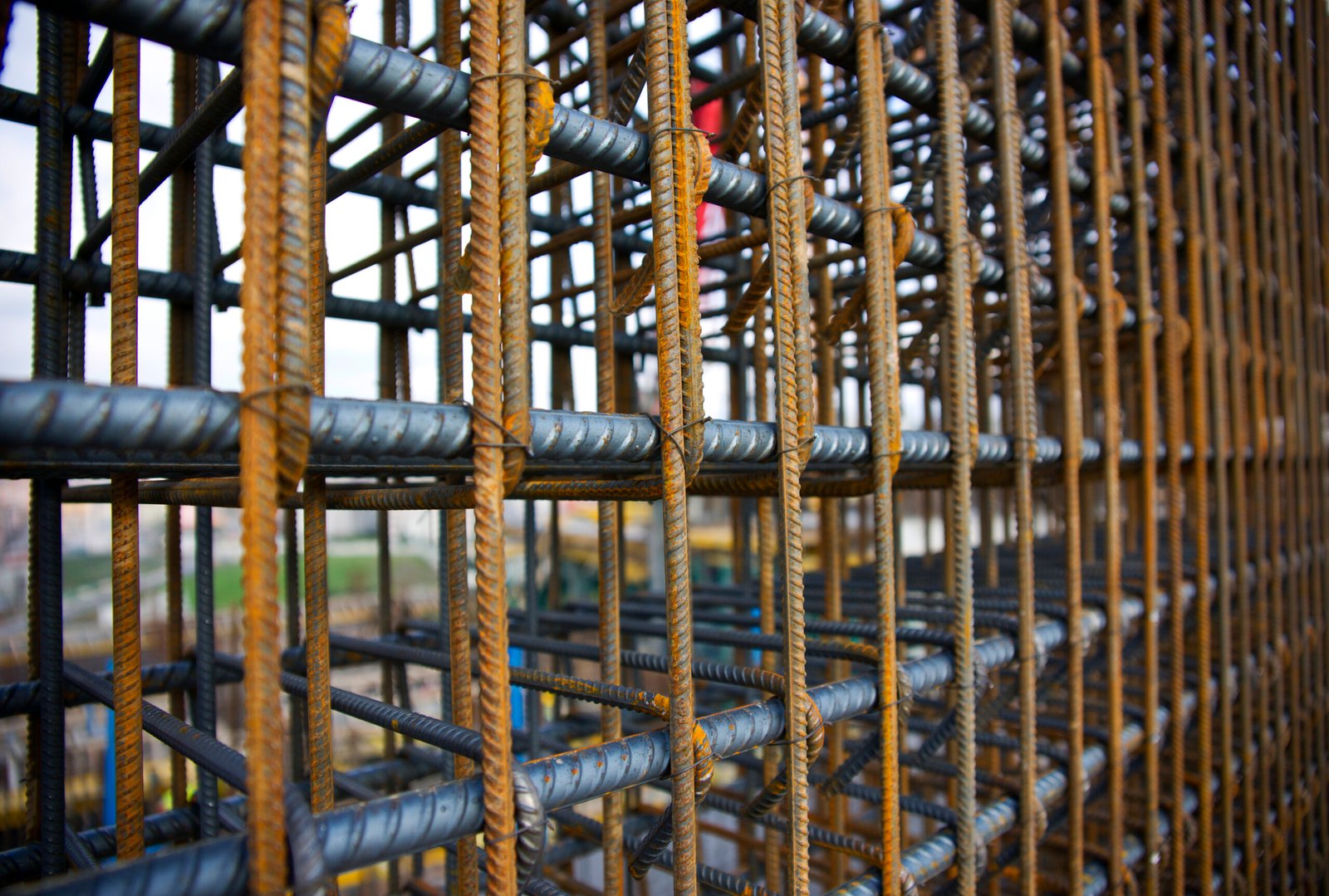When it comes to choosing reinforcement for reinforced concrete, most engineers and contractors instinctively turn to steel. Strong, economical, and widely used, steel has shaped modern construction.
However, steel has one major weakness: corrosion. This limitation leads to massive maintenance costs and significantly shortens the lifespan of structures.
Facing these challenges, an innovative alternative is emerging: composite glass fiber reinforcements (GFRP – Glass Fiber Reinforced Polymer).
This material combines mechanical strength, lightness, and durability, representing a true revolution in the construction industry.
1. Mechanical Properties: Strength and Reliability
Steel:
- Tensile strength ≈ 500 MPa
- Good ductility (ability to deform before breaking)
- Performance loss due to rust over time
- GFRP :
- Tensile strength ≈ 1000 MPa (up to 2× higher than steel)
- Brittle material (sudden rupture but stronger overall)
- Maintains its strength even after 50 years in harsh environments
👉 Verdict: Composite offers superior tensile strength, but steel remains more ductile.
2. Corrosion Resistance
- Steel: Extremely vulnerable to corrosion in the presence of humidity, seawater, or chemical agents.
- GFRP : Totally immune to corrosion — ideal for coastal, industrial, or underground environments.
👉 Verdict : Composite is unbeatable for aggressive environments.
3. Weight and Ease of Installation
- Steel : Heavy; requires machinery and specialized labor.
- GFRP : 4× lighter → reduces logistics costs and simplifies handling.
👉 Example: A port construction project can reduce installation time by 20% using composite rebars.
4. Initial Cost vs Global Cost (TCO – Total Cost of Ownership)
- Steel :
- Low purchase price
- But high maintenance expenses (repairs, replacements)
- GFRP :
- Initial cost 10–20% higher
- But 30–50% lower total cost over the structure’s lifetime
👉 Real example: An underground parking structure built with GFRP in the U.S. saw maintenance costs drop by 40% over 20 years.
5. Conductivity and Specialized Uses
- Steel : Electrically and magnetically conductive → problematic for:
- Hospitals (MRI rooms, sensitive equipment)
- Electrical infrastructures
- GFRP : Completely non-conductive → ideal for:
- Electrical substations
- Medical laboratories
- Transportation infrastructures exposed to electromagnetic fields
6. Environmental Impact
- Steel: Highly energy-intensive production process with significant CO₂ emissions
- GFRP : plus éco-responsable sur le cycle de vie grâce à la longévité et à la réduction des réparations.
👉 From a sustainable construction perspective, composite materials are clearly ahead.
7. Opportunities for Tunisia and Africa
Tunisia has a long coastline and a climate that accelerates corrosion. Steel loses performance rapidly, especially in:
- Ports and docks
- Dams and water networks
- Industrial zones (phosphate, chemical plants)
👉 GFRP could extend infrastructure lifespans by 30–50 years while significantly reducing maintenance costs.
- For standard projects or tight budgets, steel remains a viable option.
- For exposed infrastructures in aggressive environments, GFRP is the strategic choice.
Composite reinforcements represent the future of sustainable construction.
Their global adoption continues to grow, proving they are not just an alternative — but the next standard in reinforced concrete durability.

